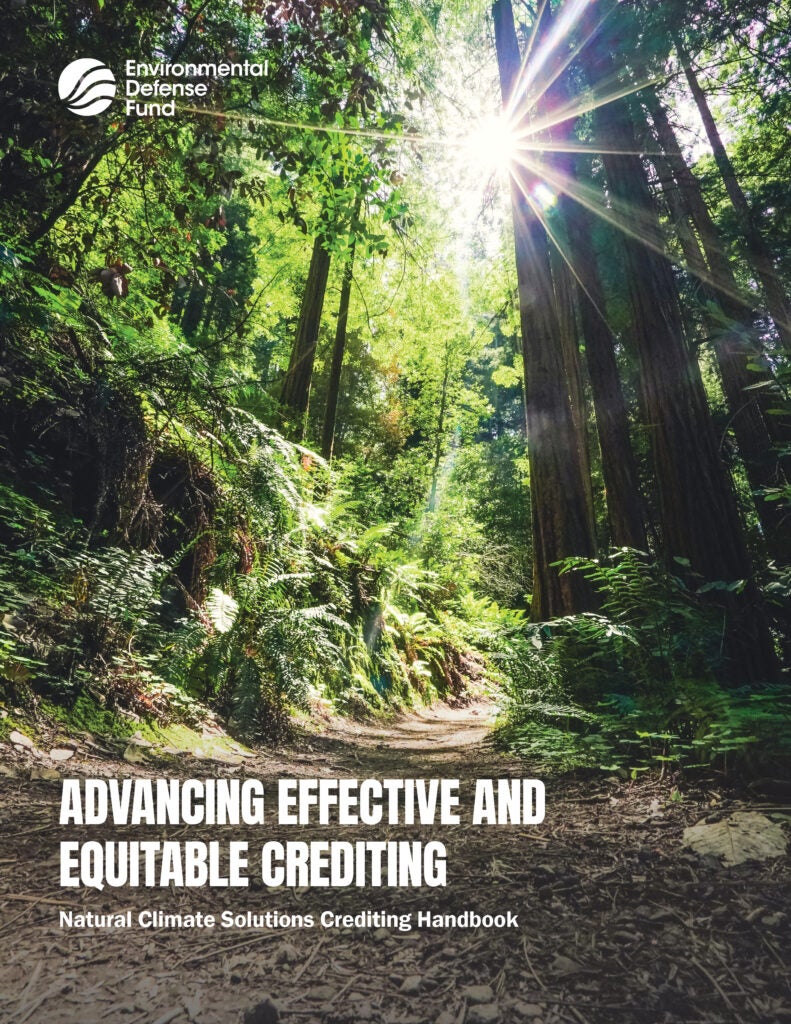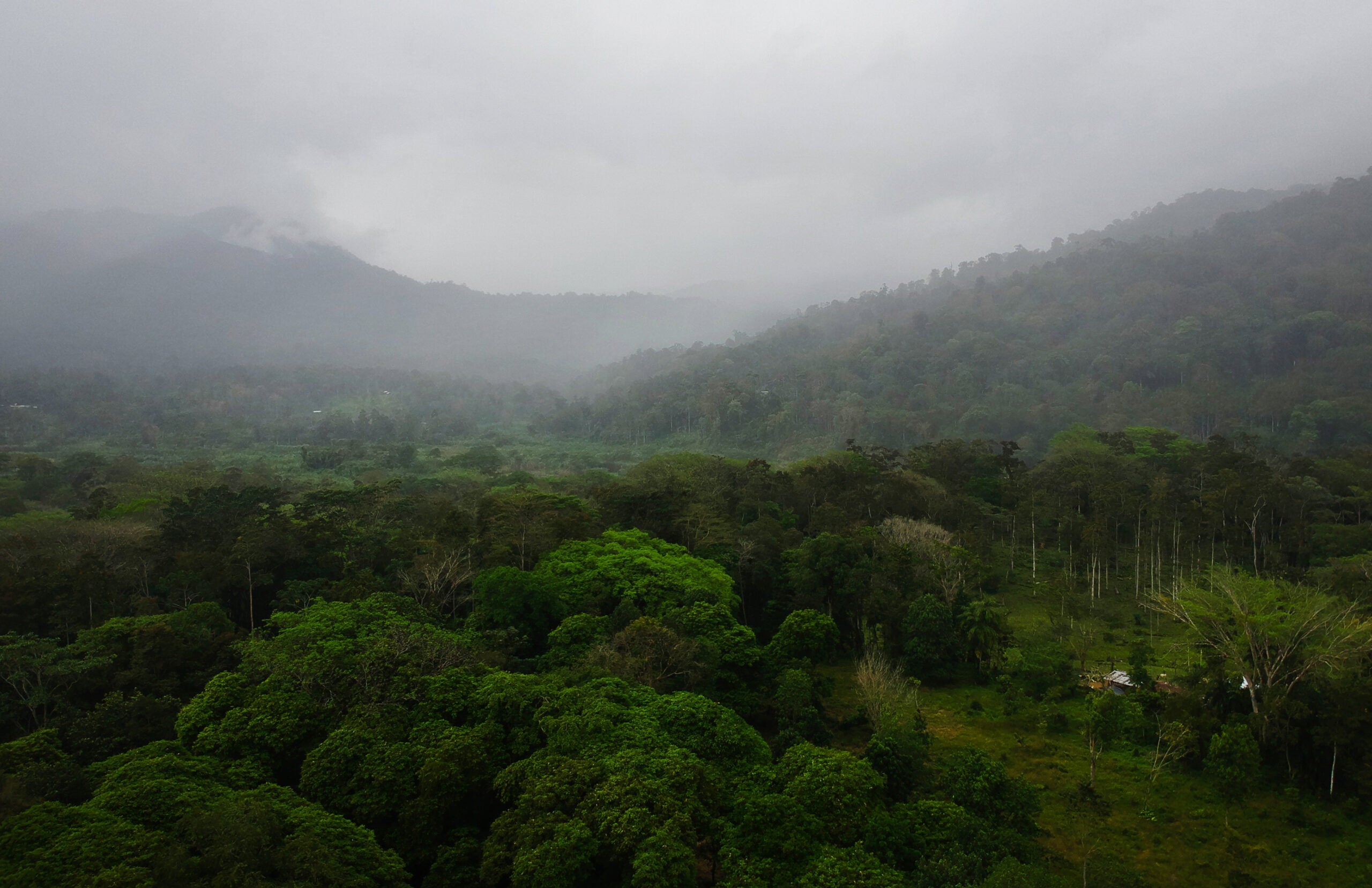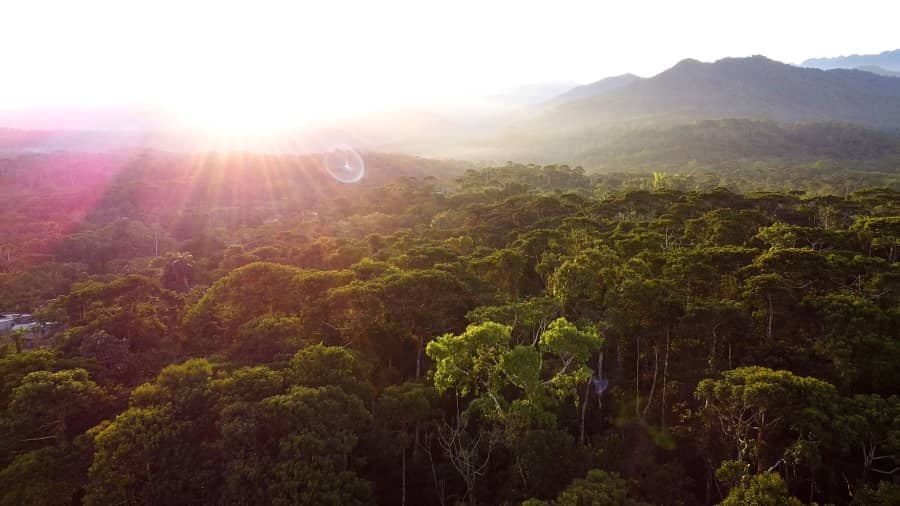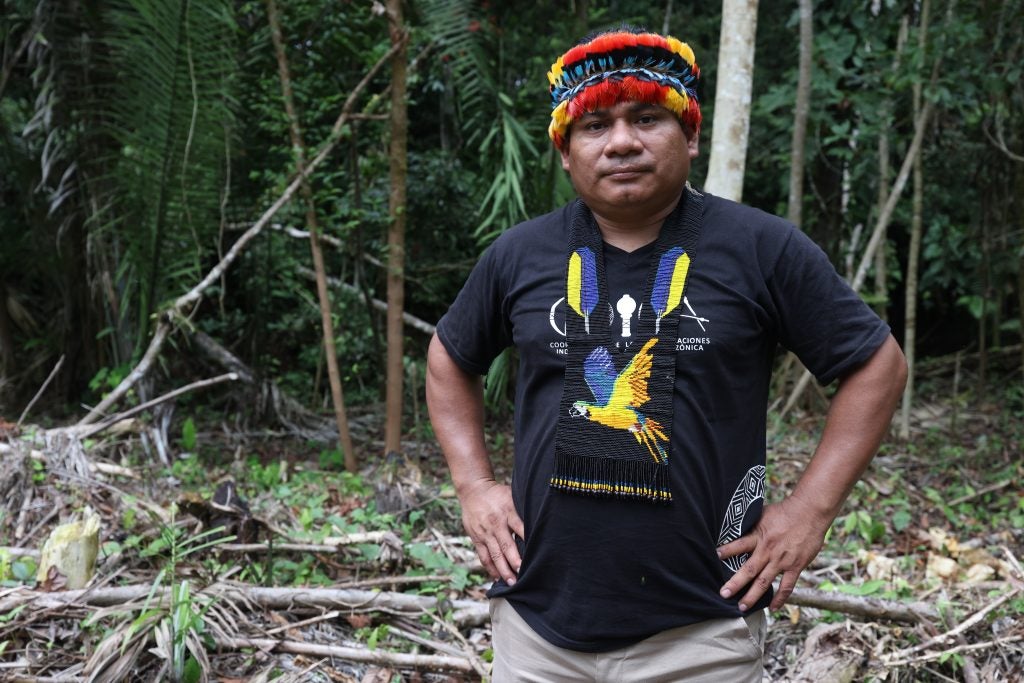This blog was authored by Christine Gerbode, EDF’s Manager of Jurisdictional Alliances and Britta Johnston, Senior Policy Analyst for Natural Climate Solutions at EDF.
Natural climate solutions are essential to achieving our global climate goals. A range of studies suggest that a major global scale-up of NCS activities (that is, ways of protecting, restoring, and better managing ecosystems and working lands) can contribute as much as a third of the climate mitigation needed to keep us on track with global climate goals by 2030. That’s in addition to the many other benefits that NCS can bring to people and the planet.
Well-designed NCS crediting systems can help channel urgently needed finance to the people, communities, and countries that steward natural ecosystems and working landscapes.
But NCS crediting remains controversial, in part because it can be a challenge to understand: new crediting methods, business models, and policy frameworks are evolving quickly at local and international levels, and competing messages come from passionate voices working on all sides. If uncertainty, misunderstandings, and confusion lead to unwarranted mistrust of NCS crediting, well-intentioned actors might be pushed to unnecessarily abandon one of the most powerful potential tools in the climate fight.
Stakeholders across the climate space need urgent help to cut through the noise on NCS crediting. The NCS Crediting Handbook aims to meet this need by clearly laying out how high-quality NCS crediting can work—for credit sellers, for credit buyers, and as part of an effective and ethical global climate response.















